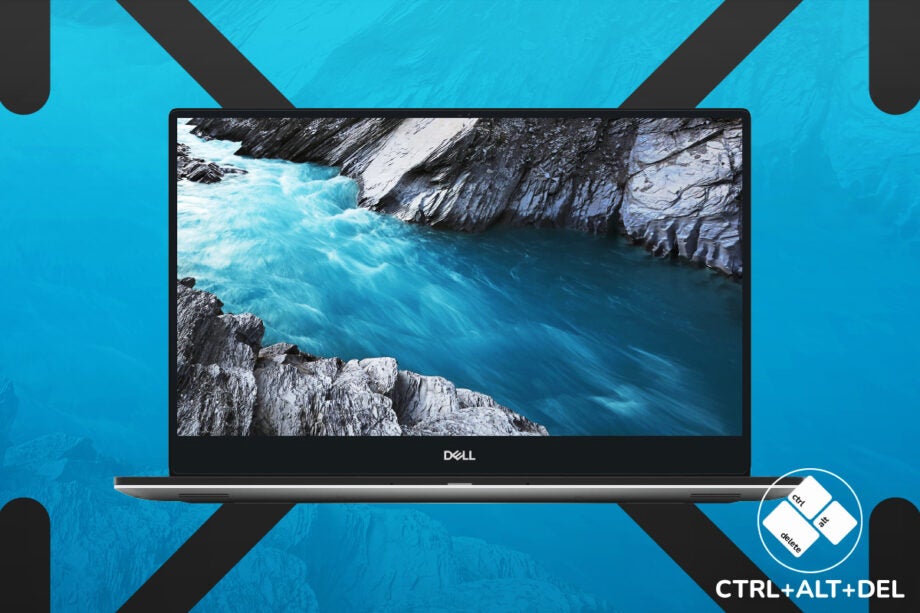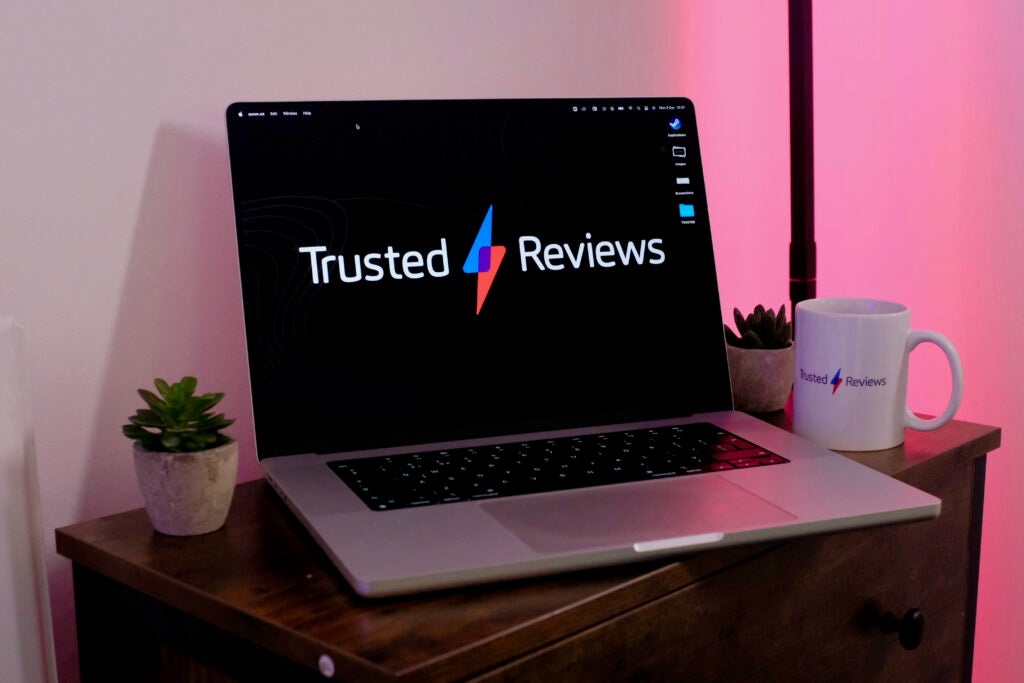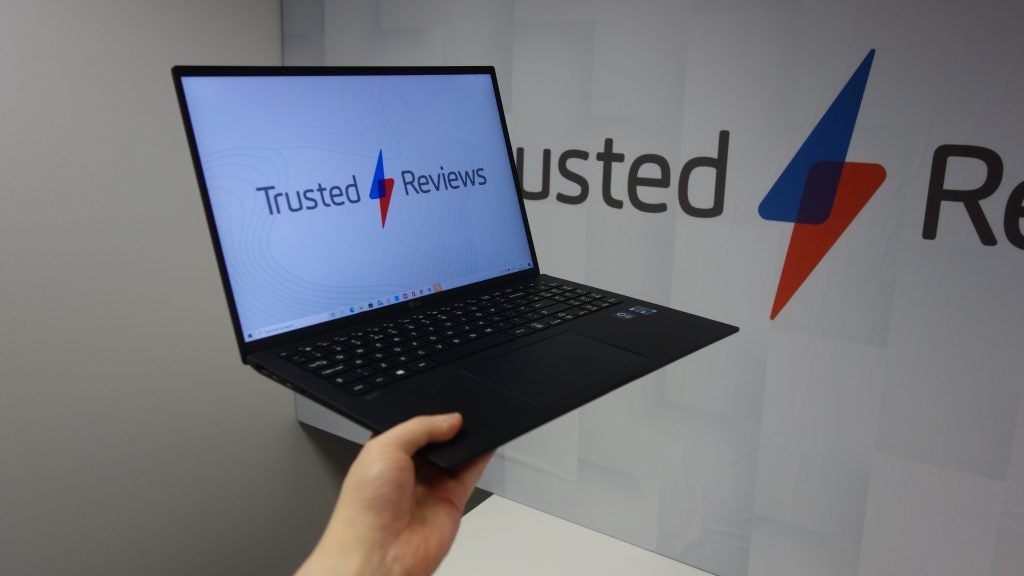Ctrl+Alt+Delete: Big-screen laptops are back in vogue, and Apple knows it

OPINION: Laptop designs go in and out of fashion just like clothing. While it may not be as unpredictable as polka dots displacing stripes, laptop manufacturers are always experimenting with new form factors and ditching out-of-fashion features.
Recent laptop design trends include slimming down the screen bezel, making laptops as light as possible and opting for more colours beyond the basic silver and black. We’ve also seen laptop manufacturers champion small screen sizes, with 13-inch and 14-inch models flooding the market, leaving little room for the larger 15-inch and 17-inch variations.
High-end laptops that specialise in content creation and gaming have been the exception, as additional screen space is more important than portability and they require large designs to fit in the beefy components such a discrete GPU. As a result, the 16-inch MacBook Pro and 17-inch Razer Blade Pro laptops have survived the big-screen culling.

But for productivity laptops, manufacturers have seemingly shied away from 15-inch and 17-inch form factors in recent years. The main reason for this is likely to be their lack of portability, as 15-inch laptops are typically heavy, weighing as much as 2 kilograms in some cases. If you want a laptop for basic productivity tasks, it’s simply not worth having a cumbersome portable.
Fortunately, this is starting to change. Improved heat dissipation for CPUs and more efficient cooling systems have allowed manufacturers to create thinner laptops that are substantially more portable. And we’ve also seen manufacturers use magnesium alloy to cut down the weight of the laptop chassis – the LG Gram 16 only weighs 1190g despite rocking a 16-inch screen.
As a result, we’ve started to see an increased number of big-screen laptop launches in 2021 and 2022, including the Huawei MateBook 16, Galaxy Book 2 Pro and HP Spectre x360 16. We also saw Dell refresh its XPS 15 and XPS 17 laptop this week, which shows the company still has confidence in large productivity laptops.

But the biggest sign that big-screen are back in vogue can be traced back to Apple, as new rumours suggest the company is working on a new 15-inch laptop that will be similar to the existing MacBook Air.
Apple has a very different strategy to other laptop manufacturers, as it only sells a handful of options. You’ve currently got the 13-inch MacBook Air, 13-inch MacBook Pro, 14-inch MacBook Pro and the 16-inch MacBook Pro – but that’s it. If a Mac doesn’t generate enough interest or revenue, Apple isn’t afraid to discontinue it, as seen with the 11-inch MacBook and the recent iMac Pro.
This means that – if the rumours are true – Apple must be confident that there’s an appetite for 15-inch productivity laptops. I can certainly see the appeal of a 15-inch laptop that’s powered by an Apple M1/M2 chip. Having a larger screen makes it far easier to work on, allowing you to open up spreadsheets, emails and web browsers simultaneously.
I currently use the LG Gram 16 for day-to-day work, and I’d struggle to go back to the smaller 13-inch screen size. The Gram is so light that I don’t even notice it in my bag, and it’s just about slim and narrow enough to slip into my rucksack, so there aren’t any noticeable consequences (besides the extra cost) for going large.
So if you’re the kind of person that wants to keep on top of the latest technology trends, take it from me, large laptop screens are in vogue and they’re here to stay for the foreseeable future.
Ctrl+Alt+Delete is our weekly computing-focussed opinion column where we delve deeper into the world of computers, laptops, components, peripherals and more. Find it on Trusted Reviews every Saturday afternoon.








